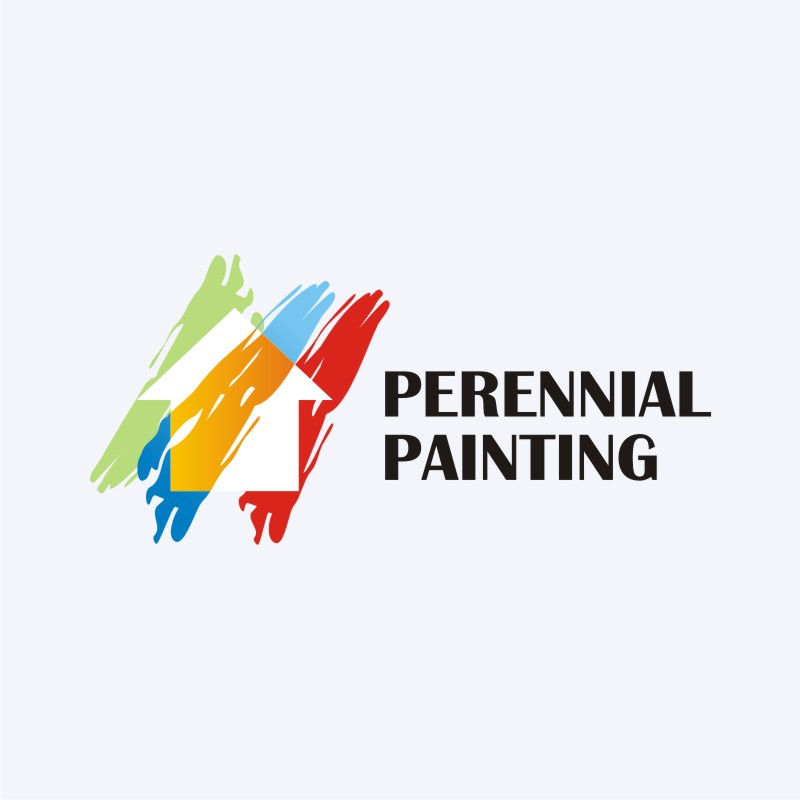Understanding Seasonal Influences On Commercial Outside Painting: Important Knowledge For Success
Understanding Seasonal Influences On Commercial Outside Painting: Important Knowledge For Success
Blog Article
Short Article Developed By-Burnham Skafte
When you're intending a commercial outside paint project, seasonal factors can make or damage your results. You'll want to take into consideration how temperature and humidity influence paint application and drying out times. Choosing the right season can ensure your paint sticks correctly and lasts much longer. However which seasons are genuinely the best for this type of job? Allow's check out the key elements that can affect your task's success.
The Influence of Temperature Level on Paint Application
When you're preparing an industrial exterior painting project, the temperature level can substantially affect how well the paint sticks and dries out.
Ideally, you wish to paint when temperatures range between 50 ° F and 85 ° F. If it's also chilly, the paint may not treat properly, causing concerns like peeling off or fracturing.
On the other hand, if it's too warm, the paint can dry too swiftly, preventing proper attachment and leading to an irregular surface.
You must also consider the moment of day; morning or late afternoon provides cooler temperature levels, which can be extra positive.
Constantly check the supplier's referrals for the details paint you're using, as they frequently give assistance on the optimal temperature range for ideal outcomes.
Moisture and Its Result on Drying Times
Temperature level isn't the only environmental element that influences your industrial outside painting job; humidity plays a substantial function as well. High moisture degrees can decrease drying times dramatically, impacting the overall quality of your paint job.
When the air is saturated with wetness, the paint takes longer to treat, which can bring about issues like inadequate bond and a higher risk of mold development. If you're painting on a particularly humid day, be gotten ready for extensive wait times in between coats.
https://www.goodhousekeeping.com/home/decorating-ideas/tips/g1644/colorful-kitchens/ to keep an eye on neighborhood weather and plan accordingly. Preferably, go for moisture levels between 40% and 70% for ideal drying out.
Maintaining these factors in mind guarantees your task remains on track and provides a long lasting coating.
Best Seasons for Commercial Exterior Painting Projects
What's the best time of year for your industrial exterior paint projects?
Springtime and very early loss are normally your best choices. Throughout visit here , temperatures are light, and humidity degrees are typically lower, producing suitable problems for paint application and drying.
Prevent summer's intense heat, which can trigger paint to completely dry also swiftly, bring about poor adhesion and finish. Likewise, wintertime's cool temperatures can prevent proper drying out and healing, taking the chance of the longevity of your paint job.
Go for days with temperature levels in between 50 ° F and 85 ° F for optimum results. Bear in mind to check the neighborhood weather report for rain, as wet conditions can ruin your job.
Preparation around these factors guarantees your paint project runs efficiently and lasts much longer.
Conclusion
To conclude, preparing your industrial outside paint jobs around seasonal considerations can make a substantial difference in the end result. By organizing job throughout the suitable temperature levels and humidity degrees, you'll make sure far better bond and drying out times. Keep in mind to watch on regional weather forecasts and select the right time of year-- springtime and very early loss are your best choices. Taking these steps will help you attain a durable and expert finish that lasts.
